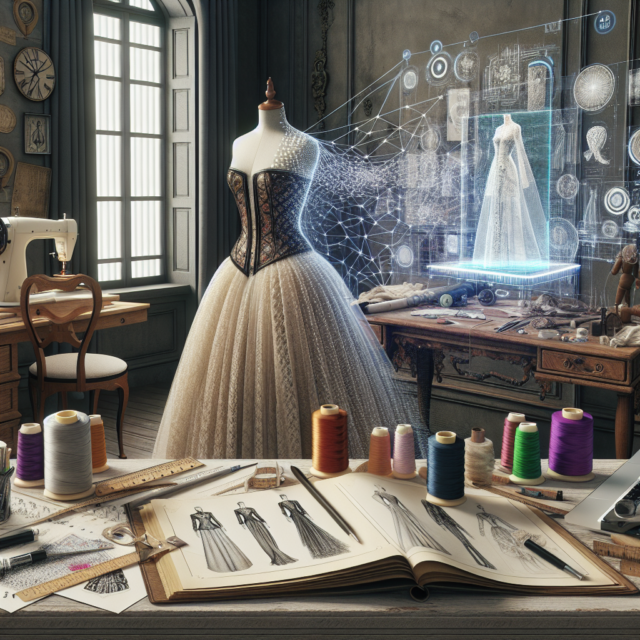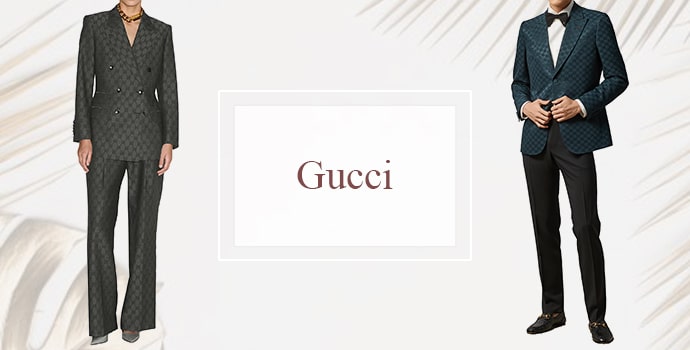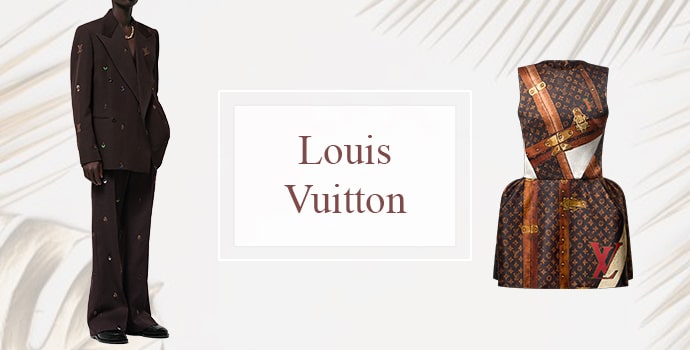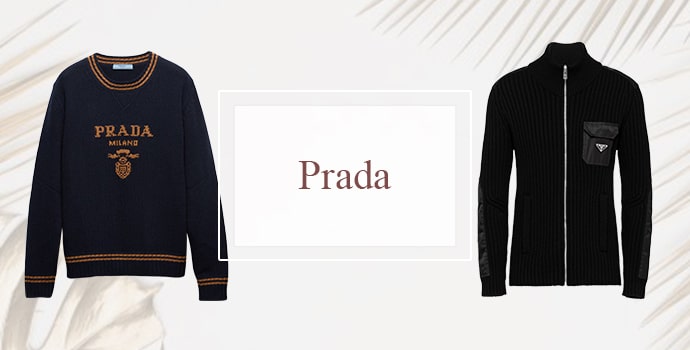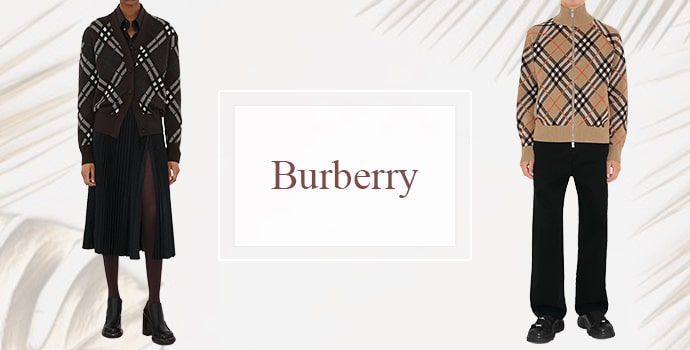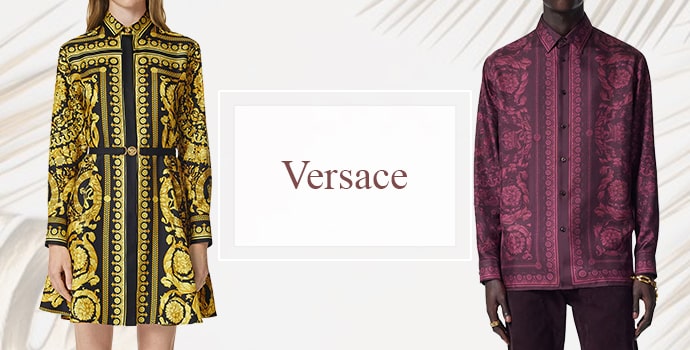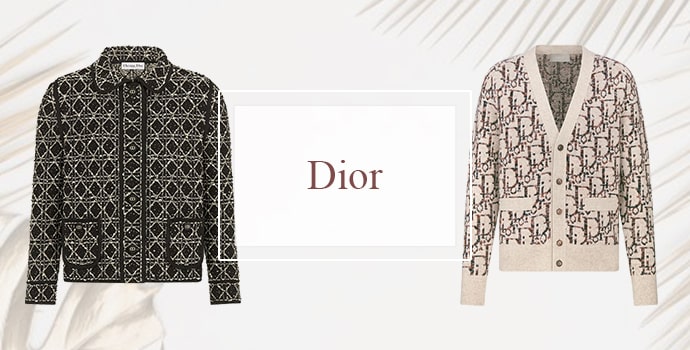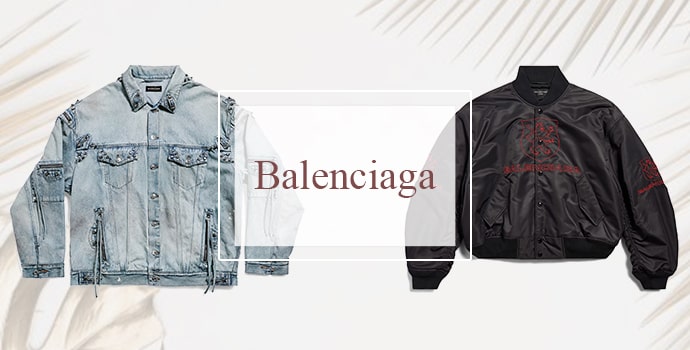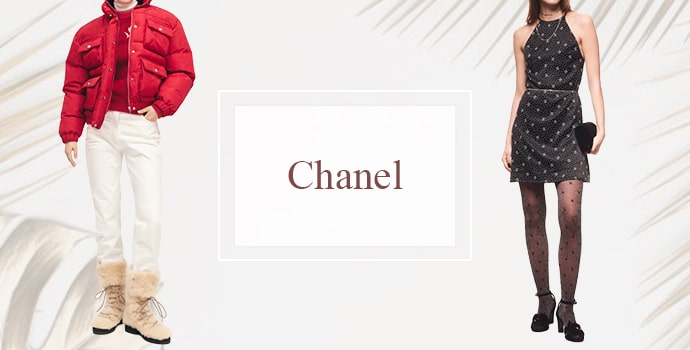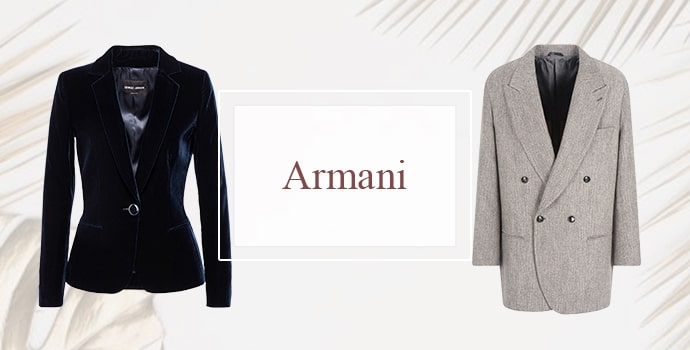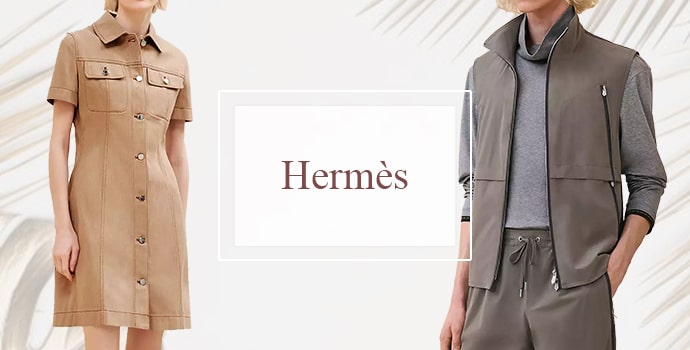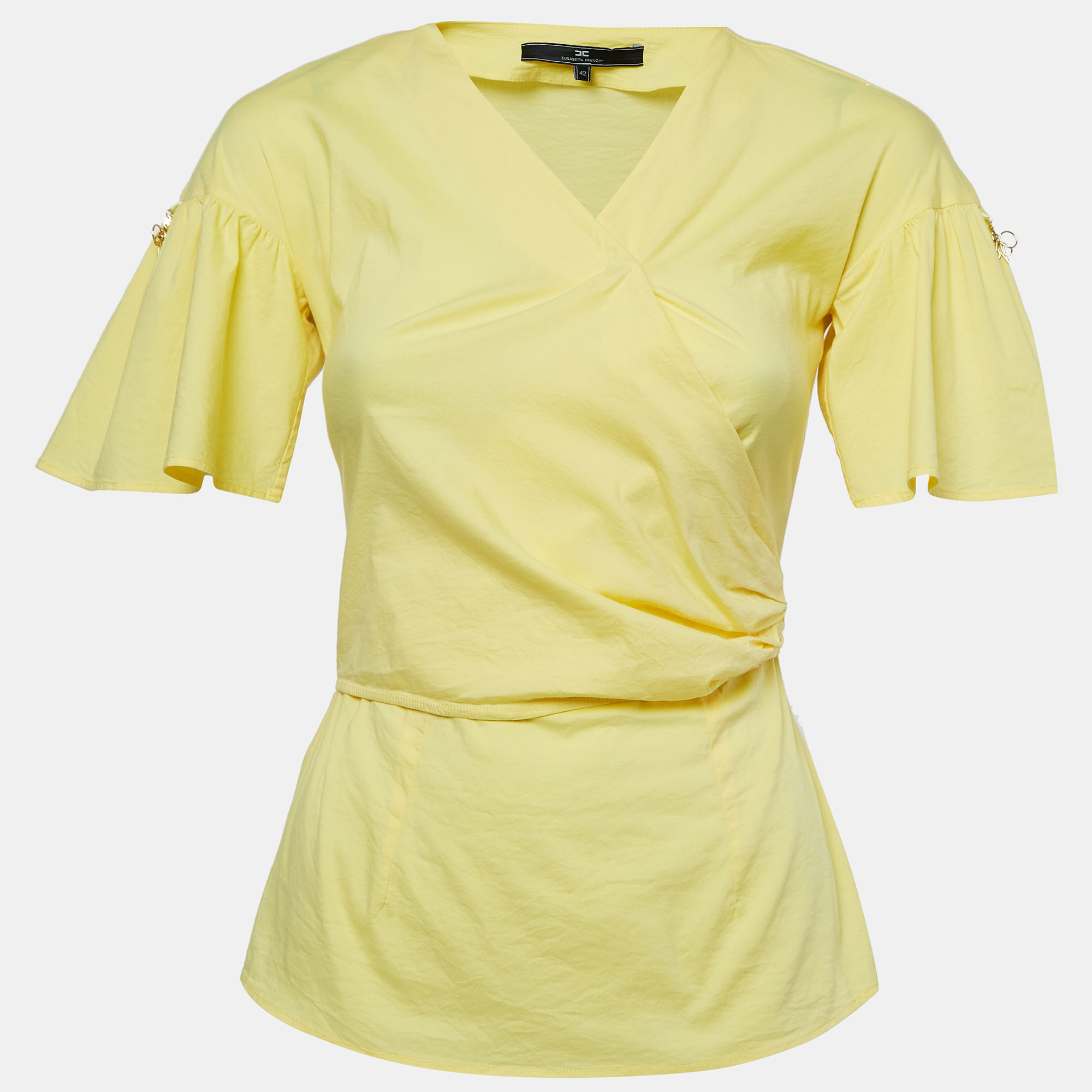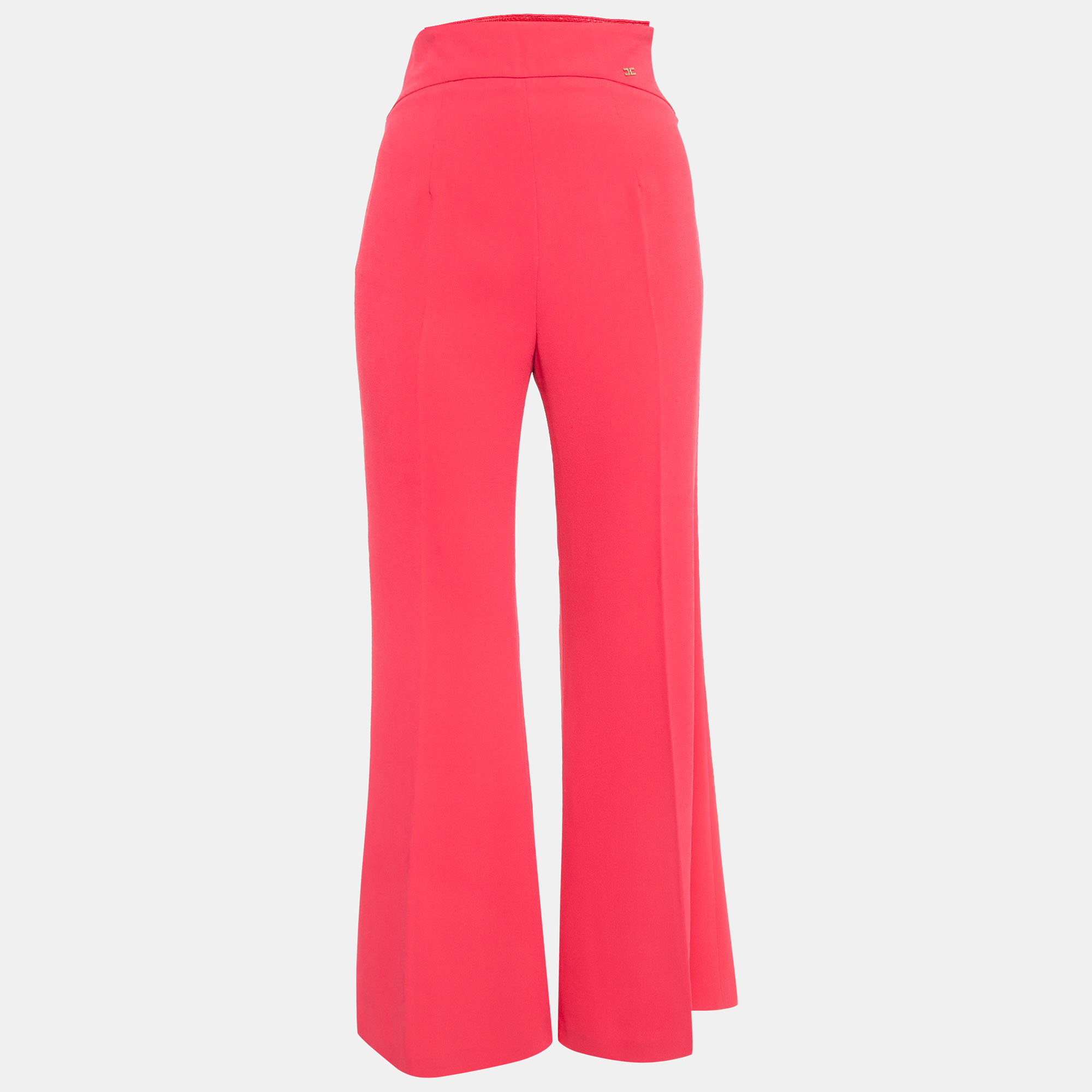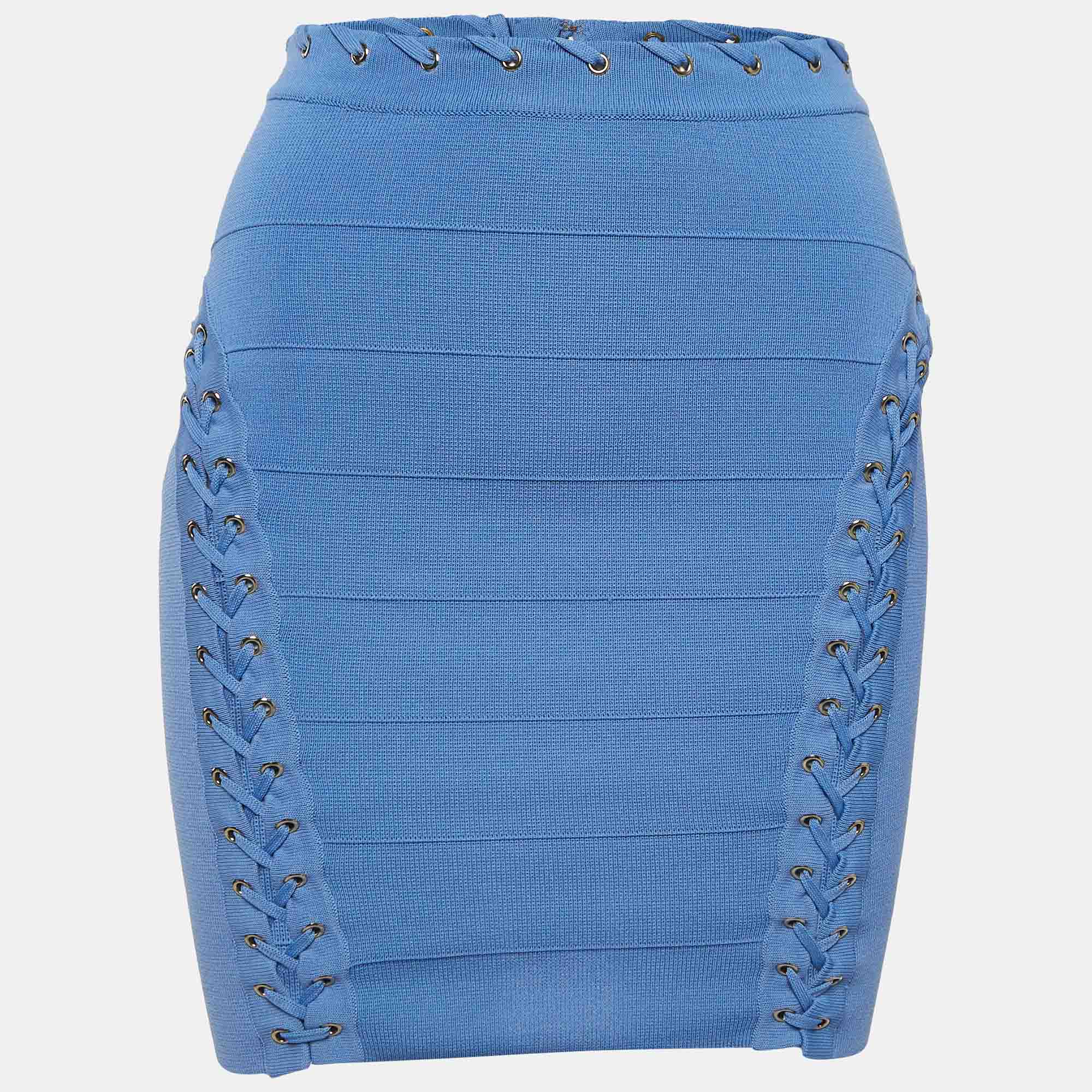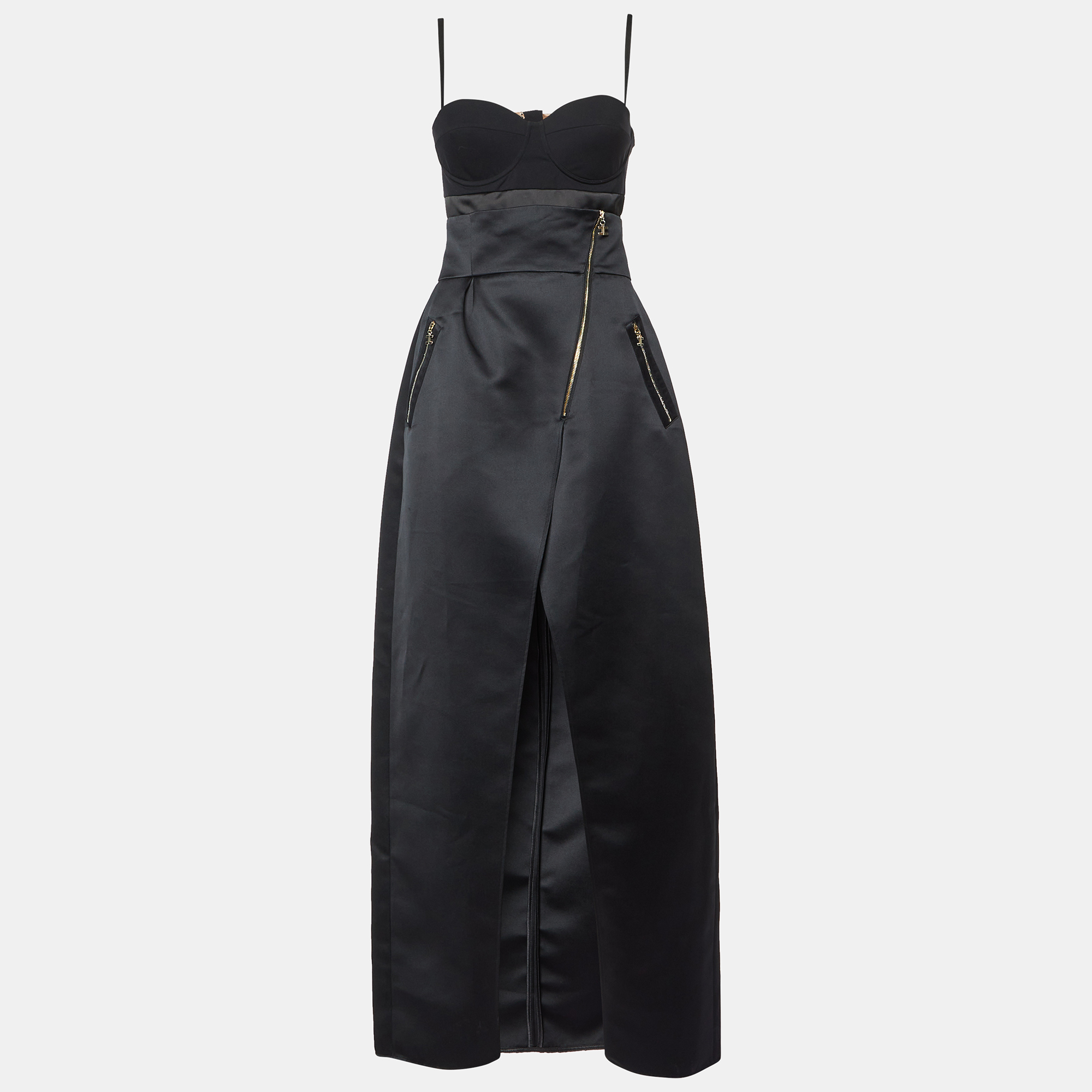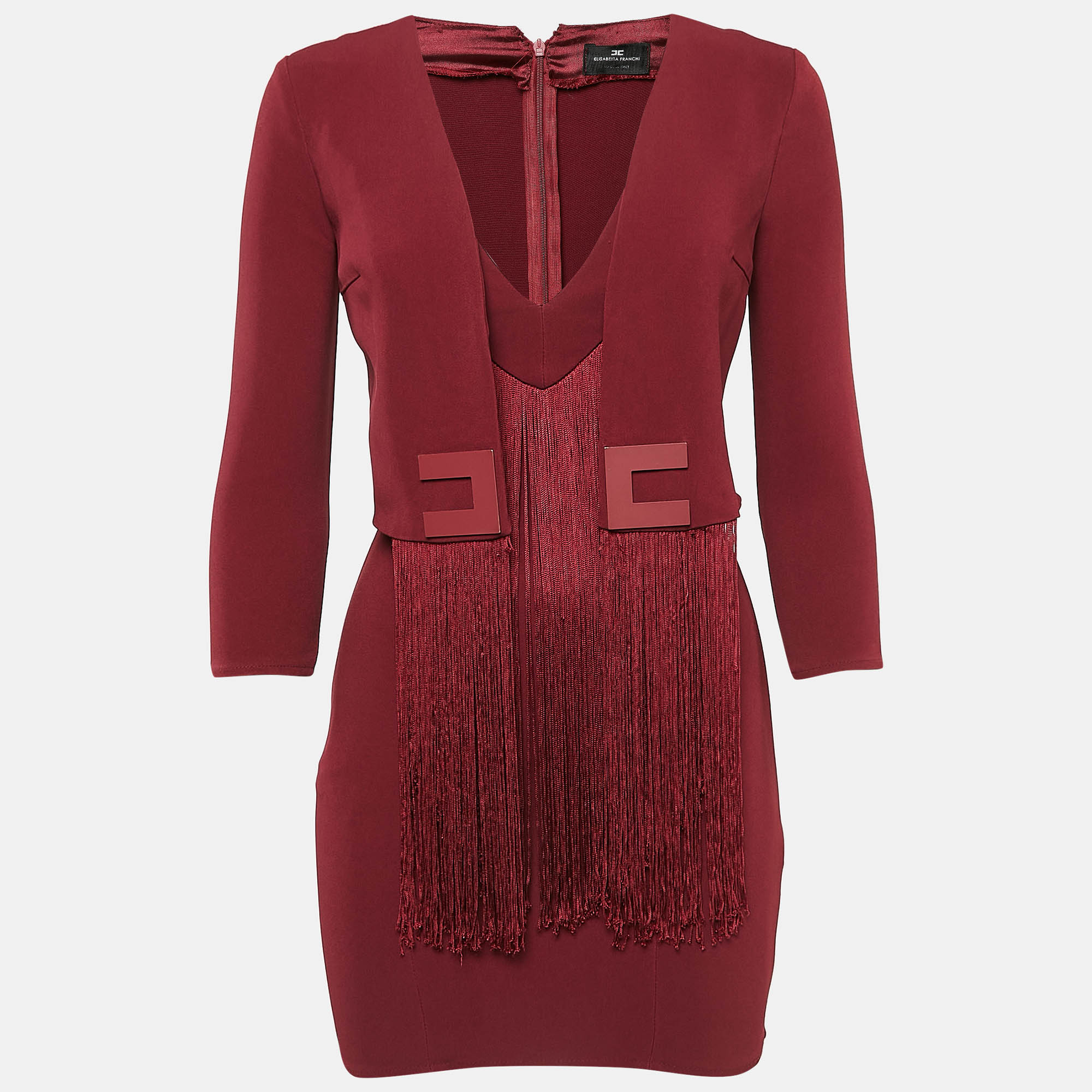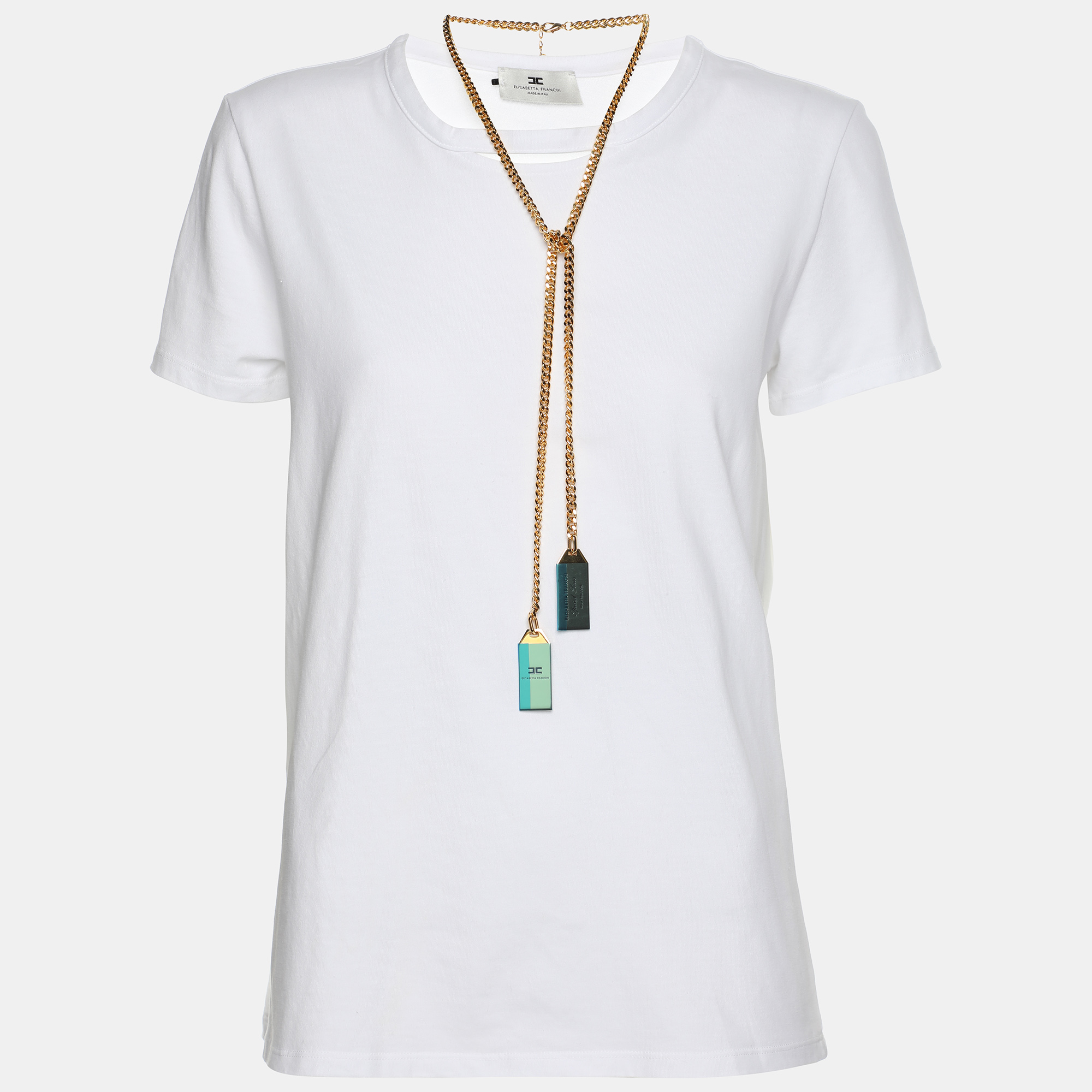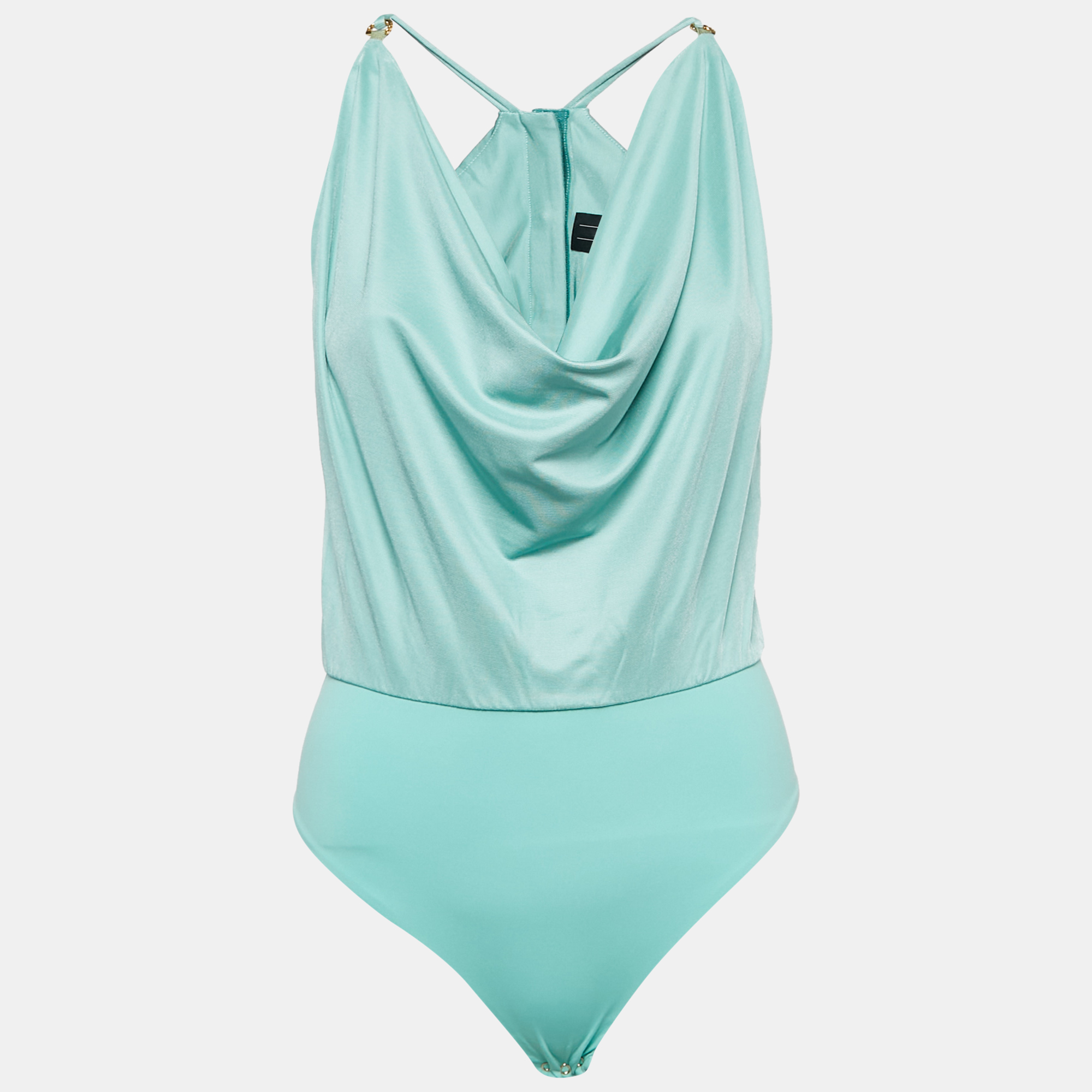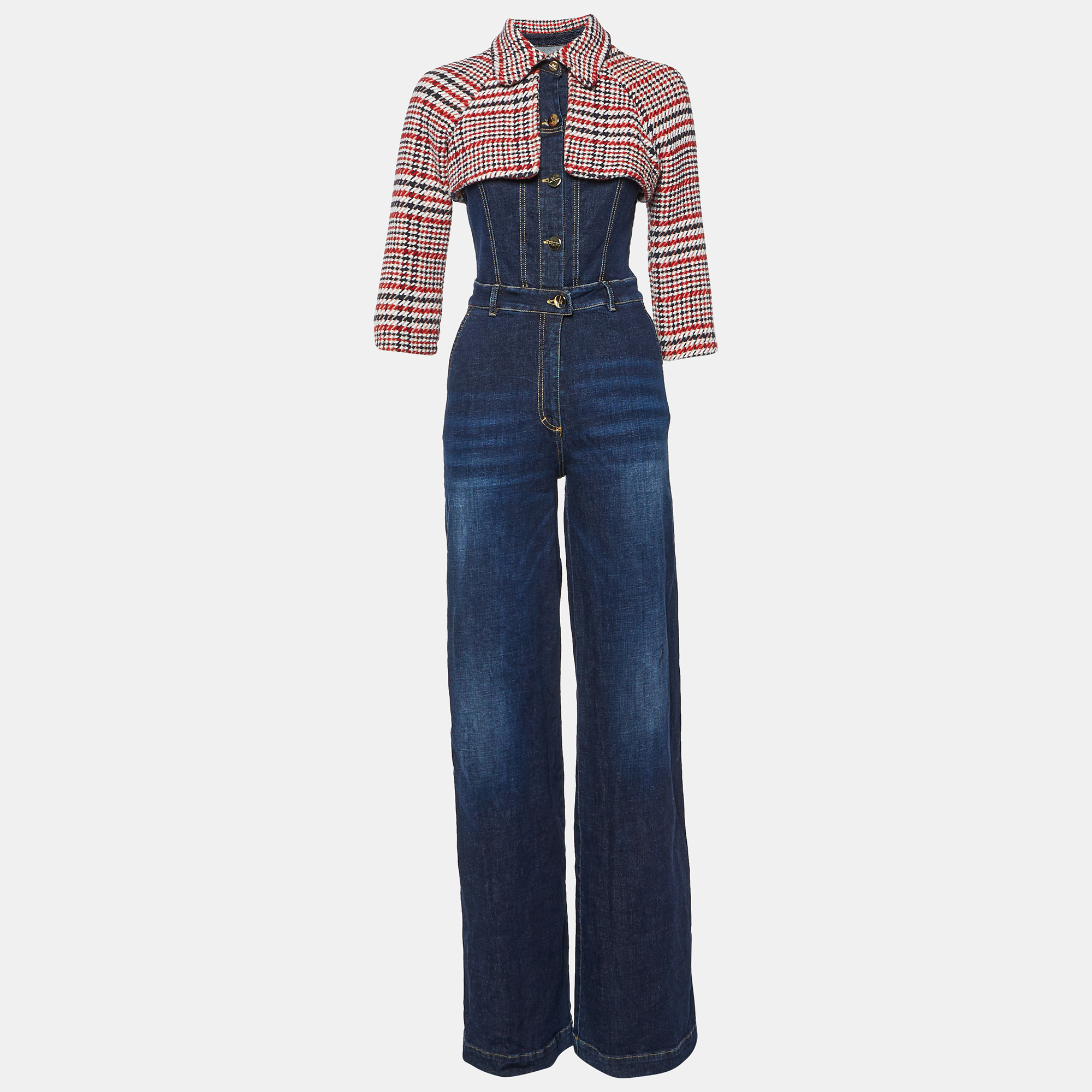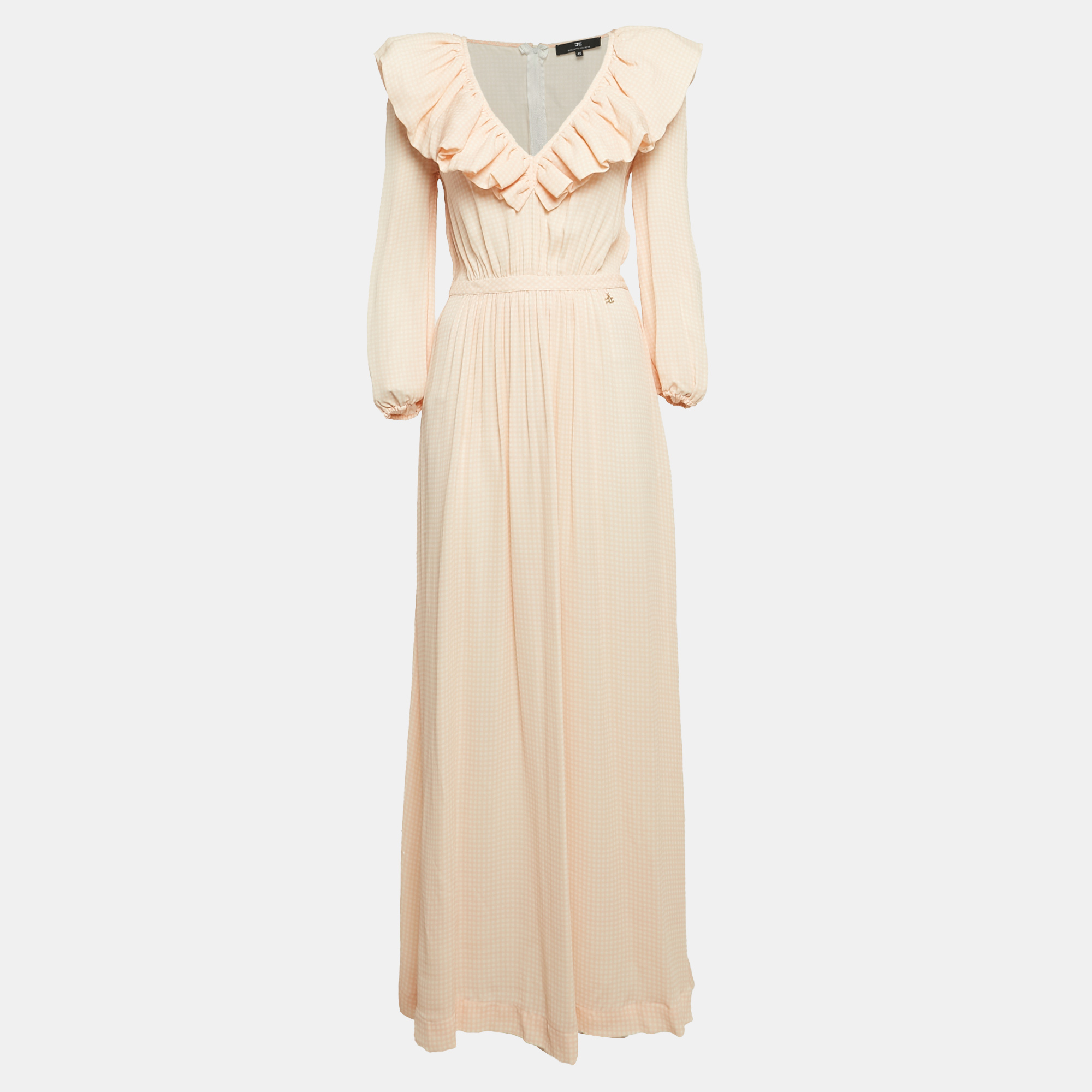The Best Chanel Bags to Invest In 2025
Investing in the right Chanel bag is an important decision for a savvy collector or fashion enthusiast seeking both luxury and stability in their investment portfolio. Known for their timeless elegance and unparalleled craftsmanship, Chanel bags epitomize luxury fashion.
Chanel is a famous French brand, founded by Coco Chanel in Paris in 1910. She developed a distinct aesthetic characterized by clean lines, minimal embellishments, and the use of iconic materials like tweed and pearls.
Chanel’s iconic accessories have a proven track record of increasing in value over time, making them a potentially profitable investment. Selecting the best Chanel bags to invest in requires careful consideration of their design, rarity, and historical price performance.
Among the pantheon of Chanel’s offerings, certain models stand out for their enduring appeal and consistent demand. The Chanel Classic Flap bag, with its signature quilted leather and interlocking CC clasp, is considered a cornerstone investment.
Similarly, the Chanel Boy bag, known for its structured aesthetic and chain strap, has carved out a place as a modern icon in the brand’s lineup. These pieces not only serve as representative samples of the brand’s heritage but have also demonstrated stable appreciation in the secondary market.
Evaluating Chanel Bags as Investments
When considering Chanel bags as part of a financial investment portfolio, it’s essential to understand the factors that contribute to their investment-worthiness. Price stability and appreciation are key considerations. Chanel bags, especially iconic models, often experience a price increase over time, making them potentially profitable assets.
Potential investors should be aware of the resale market dynamics. Chanel bags tend to retain their value and, in some cases, can resell at a price higher than the original purchase. This is particularly true for limited editions or discontinued styles that become collectibles.
Investors are advised to keep a close eye on the secondary market, which offers insights into current valuation trends. Rarity, condition, and demand are significant variables affecting resale value. Below is a table illustrating the potential investment outcomes based on these factors:
It’s important to note that not all Chanel bags will yield the same return on investment. Hence, individuals should perform due diligence before adding a Chanel bag to their investment collection. Authenticity is crucial; therefore, purchasing from reputable sources is recommended to ensure the bag’s value is preserved.
Best Chanel Bags to Invest In
Investing in a Chanel bag is synonymous with acquiring a piece of fashion history. Each iconic bag listed here resonates with Chanel’s heritage and represents a potential smart acquisition for long-term value.
1. 2.55 Bag
The Chanel 2.55 is a revolutionary accessory first introduced in February 1955. This famous Chanel bag takes its name from the month and year in which it was created.
Known for its quilted leather and distinctive lock, this classic style epitomizes the fusion of comfort and luxury.

2. Boy Bag
Inspired by hunting cartridge bags, the Chanel Boy Bag offers an edgier look with straight lines and bold hardware. Karl Lagerfeld designed this stylish bag as a tribute to Boy Capel, Gabrielle Chanel’s lover.
Its unique charm ensures it stands out as a modern addition to the Chanel lineage.


3. Classic Flap Bag
An evolution of the 2.55, the Chanel Classic Flap Bag embodies the brand’s core aesthetics with the iconic CC turnlock. It was designed by Karl Lagerfeld in 1983.
Since its debut, the Chanel flap bag has stood as a symbol of sophistication and timeless style. Also known as the 11.12 handbag, it comes in several variants such as the CC Clasp and the Double Flap.
This iconic Chanel bag is available in many different materials such as velvet and patent leather, and a wide range of sizes.


4. Wallet on Chain (WOC)
Compact yet practical, the Wallet on Chain (WOC) features slots and zip compartments for essentials. Designed as a shoulder bag, it confidently doubles as a small clutch, providing versatility alongside its iconic Chanel attributes.


5. Coco Handle Bag
The Coco Handle Bag is celebrated for its elegant structure and handle design. The versatile design makes it perfect for every occasion, whether it’s running errands or attending a high-society event.
This particular bag offers a modern twist on a classic Chanel design, adding a sleek and elegant touch to any outfit. With its timeless appeal and quality craftsmanship, the Coco Handle bag is a good investment that should retain its value for years to come.


6. Grand Shopping Tote
With a generous size and structured shape, the Grand Shopping Tote (GST) catered to those seeking a luxury bag with ample space, marked by the unmistakable Chanel charm. Discontinued in 2015, it was available in a wide range of colors and in materials such as patent leather, caviar leather and lambskin.
Originally priced at $2,900 with an XL version at $3,500, the basic GST often now fetches more than $3,600.


7. 19 Bag
Introduced in 2019, the Chanel 19 bag is characterized by its oversized quilting and chain elements. With a more relaxed silhouette, it is an instant classic and a nod to the future of Chanel handbags.


8. CC Camera Bag
The Chanel CC Camera Bag distinguishes itself with a convenient design for daily use. Its shape is conducive to both organization and accessibility, while maintaining Chanel’s aesthetic standards.


9. Shipping Container Clutch
If you’re looking for a unique Chanel bag, the Shipping Container Bag from the 2018 Metiers D’arts Paris-Hamburg collection should be at the top of your list. This sophisticated and elegant bag boasts a unique rectangular shape resembling a shipping container.
It is a statement piece that will turn heads wherever you go. The Chanel Shipping Container Bag will appeal to fashion-savvy individuals who appreciate the finer things in life.


10. Perfume Bottle
A true collector’s item, the Perfume Bottle Bag is fashioned after Chanel’s iconic fragrance. This novel clutch makes a bold statement in the form of wearable art.


11. 22 Bag
Named after its launch year, the Chanel 22 Bag brings a fresh perspective with its high-grade leather and seamless appearance. This bag is shaping up to be another timeless testimony to Chanel’s evolving but ever-iconic arsenal.


12. Trendy CC Top Handle
The Trendy CC Top Handle Bag is perfect for those who value sophistication and elegance in their accessories, and its versatility makes it a must-have in any fashion lover’s collection. As well as the handle, there is a removable chain shoulder strap.
Introduced in 2014, this popular Chanel bag is available in a range of sizes and colors. It features a metal plate with “Chanel” engraved under the handle.


13. Raffia Rattan Filigree Vanity Bag
For those who seek something unique and luxurious, the Raffia Rattan Filigree Vanity Bag from Chanel is a great choice. Its intricate woven pattern combined with the signature Chanel CC logo creates a stunning blend of elegance and artisanal craftsmanship.
This chic accessory is perfect for individuals looking to express their personal style. The woven raffia material adds a subtle texture to the bag, making it an excellent choice for casual outings and more formal events.
As a timeless piece, this bag will remain a valuable addition to any wardrobe for years to come.


14. Deauville Tote
It’s surprising how well the resale value holds up on this Chanel tote bag. Secondhand canvas examples often fetch more than $2,000 while leather versions can cost over $4,000.


15. Gabrielle Bag
The Gabrielle bag is a more recent addition to the Chanel lineup, introduced in 2017. Its unique, slouchy shape and versatile design have made it a popular Chanel bag, and it can be a solid investment.
Vintage Chanel Bags and Rarity
Vintage Chanel bags are a testament to the enduring legacy of the luxury fashion house. The rarity of these items is often due to limited production runs, discontinuation of certain models, or unique designs that were available for a short period. Collectors and fashion enthusiasts are particularly drawn to pieces from eras that marked significant moments in this upscale clothing brand’s history.
Notable Vintage Chanel Pieces:
Chanel 2.55 Flap Bag: Classic design that has been highly sought-after since its creation in 1955.
Chanel Classic Wallet: A versatile piece that adds a touch of luxury to everyday functionality.
Vintage Chanel items, including the iconic first Chanel bag ever created, often come with a higher price point due to their scarcity. The materials used and the craftsmanship involved in these pieces contribute to their value and make them a worthwhile investment.
Prospective investors should note that a bag’s condition affects its rarity and potential value. Bags kept in immaculate condition with minimal signs of wear are increasingly rare and thus, more desirable among collectors.
Authentication is key; genuine vintage Chanel bags will retain their value far better than replicas. Patience and due diligence are crucial for anyone looking to invest in these luxury items.


Chanel Market Trends and Resale Value
In recent years, Chanel bags have exemplified a robust investment with substantial returns on the secondary market. The luxury accessory market has witnessed a notable upswing, outpacing traditional investments like the stock market in certain aspects. Analysts attribute this French brand’s performance to the combination of timeless style and enduring demand.
The iconic Chanel Classic Flap and the Chanel Boy Bag have retained and even increased their value over time, particularly for classic colors and hardware combinations. They often command prices on the secondary market that exceed their original retail price, especially in various sizes that may be discontinued or limited in production.
Resale Value Indicators:
Chanel Classic Flap: Prices have risen by approximately 15% last year, with vintage pieces appreciating further.
Chanel Boy Bag: Smaller sizes tend to hold their value better, with resale prices often 20% above retail.
Differentiating factors that influence resale value include:
Condition: Bags in pristine condition fetch higher prices.
Rarity: Limited editions or discontinued styles surge in demand.
Size: Specific sizes that are either too large or too small for practical use tend to depreciate.
It’s important to note that while many Chanel bags appreciate, not all will yield positive returns. Buyers would do well to focus on classic styles and avoid overly trendy pieces that may not have the same lasting appeal on the secondary market.
Future Outlook for Chanel Investments
The allure of Chanel bags as investment pieces is grounded in their historical price appreciation and iconic status among designer bags. Chanel handbags, renowned for their timelessness and craftsmanship, have seen a consistent uptick in resale value over the years.
Price Points: Investors should note that prices may continue to rise due to increased demand and periodic price adjustments by Chanel. While this can lead to high entry points, the potential for long-term growth remains attractive.
Classic Flap Bag: Often sees steady appreciation.
Boy Bag: Holds value due to popularity and design.
Gabrielle and Chanel 19: Emerging as new classics with promising investment potential.
Design & Exclusivity: The unique combination of high-quality materials, intricate detailing, and limited availability often results in a lucrative secondary market. Bags with rare leathers or distinctive hardware tend to fetch higher resale prices due to their exclusivity.
Better Investment?: Investors generally consider the Chanel Classic Flap and the Boy Bag as better investment choices compared to more trend-driven models. The continued reverence for these styles helps ensure their desirability and resale value.
Strategic Approach: One should adopt a strategic approach to investing in Chanel bags, aiming to acquire pieces with the potential to become collector’s items. Monitoring market trends and staying informed about Chanel’s offerings will bolster investment decisions.
Note: While investing in Chanel bags can be financially rewarding, it is not without risk and should be done with careful consideration and research.
Read Next:





































